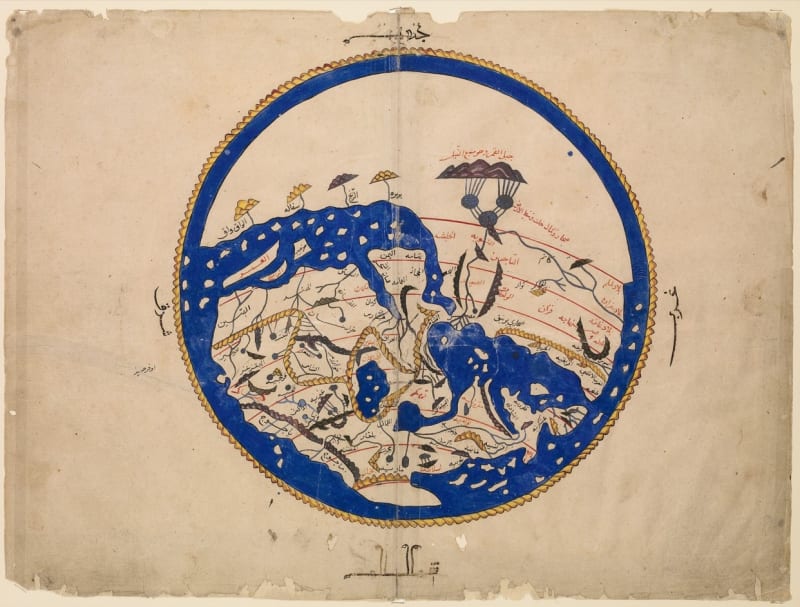Expanding on the 12th Seoul Media City Biennale (SMB12), THIS TOO, IS A MAP, Rachael Rakes and Sofía Dourron interview Singapore artist Fyerool Darma on his polyphonic practice that resists the singular progression of history. Fyerool’s work resists the particular resolutions, aesthetics and imaginations of an advanced technological human future all nations and people should pursue. His work at SMB12, l♥ndsc_₱€$s (poienxcinoti) (2023), is produced by a community of artists and a collection of art. It features rawanxberdenyut, Aleezon, Lee Khee San, Autaspace, CC1, Dahlia, Alawiyah, 风 and Lé Luhur from NUS Museum's South and Southeast Asia Collection. In unpacking the different layers of this work and Fyerool’s practice, Rakes, Dourron and Fyerool unveil the complex legacies of pattern-making in cartography—such patterns have left their mark on the knowledge systems perpetuated by museum collections, and contine to define our present and future. Ultimately, their conversation points to the urgencies of artistic practices like Fyerool’s that rebelliously insist on the illegible and on speaking collectively at the same time.
RR: This issue of Perspectives deals with intersecting probes around retro-futurism, in particular, recovering the pasts futurisms of Southeast Asia, as well as looking at how the Western surveying and mapping of various parts of the world foreclosed countless modes of future-thinking. So maybe we could start off by discussing the multiple notions of futurity in your work?
FD: For me, futurity is always a constitution of reading time and its contingencies. From where I sit, time is like a reverb, with sound and echo growing alongside one another. Despite the chronological disjunctures, past-present—or the then-here-now—kind of move together at any moment, shifting into different social venues. This perspective was informed by multiple stories, personal experiences, listenings and the act of eavesdropping as I moved between grounds, spaces and places. And when I travel via land, sea or air—and even in sleep—I am constantly shifting between time zones. This idea of time is also informed by spiritual understandings, and what I like to think of syncretism. I grew up hearing and encountering multitudes of voices embedded within my head, ina multitude of accents—telo and slang too. I have lived with the Gregorian calendar, lunisolar calendar, lunar calendar, the Hijri calendar and the digital calendar. These are interwoven with an understanding of shifting moon patterns, and amidst all this, the tenderness of ancestral time.
RR: Would you call this then a temporal syncretism?
FD: Temporality is not fixed, yeah? Time is a construct and guide instead of a concrete barometer that one follows. But of course, within the context of Singapore, as with elsewhere, time is understood as a rule of efficiency and inefficiency. Hence its monotonous linearity.
SD: I think this manifests in your work in different ways: in the techniques that you use but also the materials and the overlapping of times and scales. Maybe you can elaborate on how these materials and ideas show up in your work.

